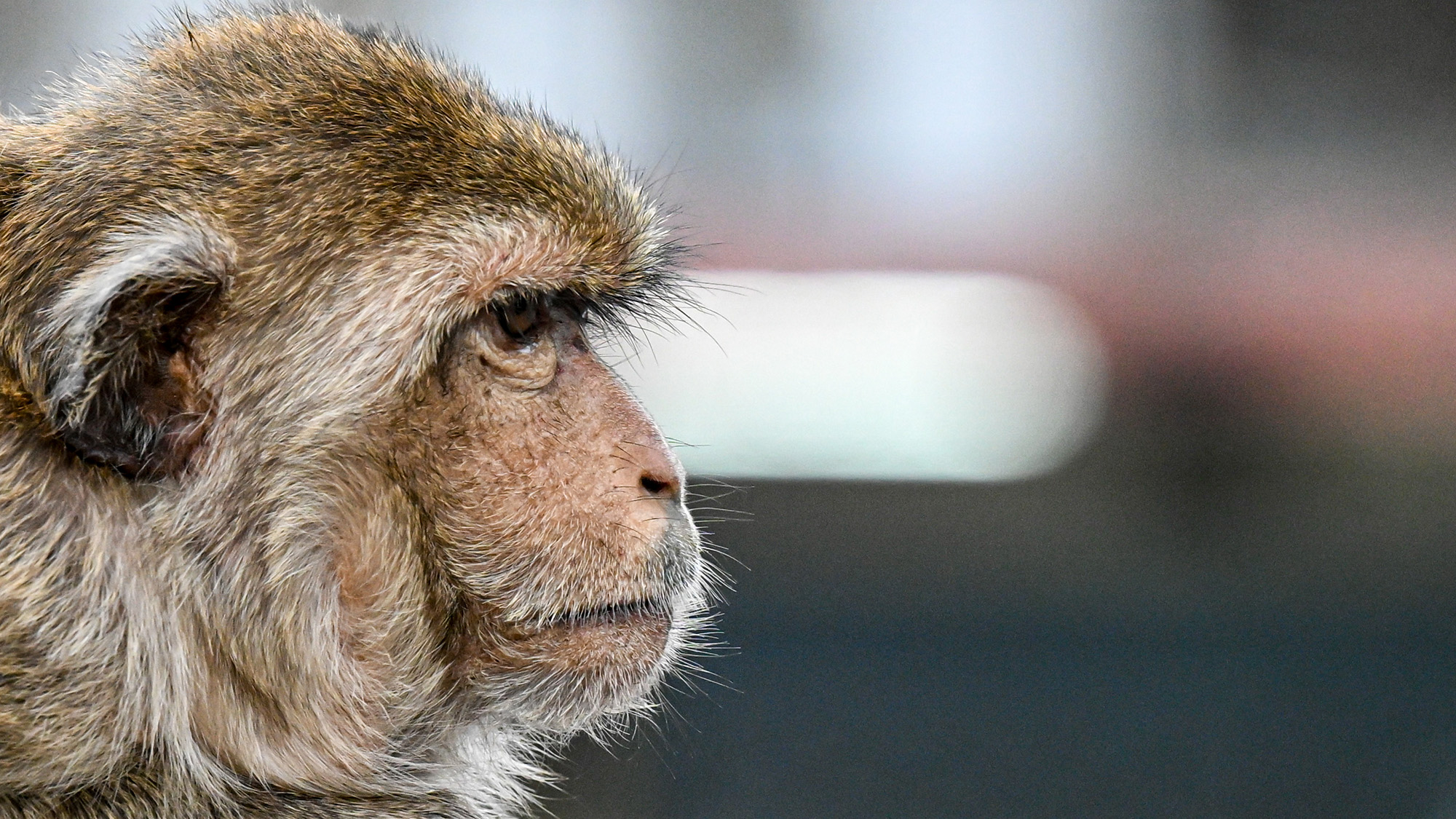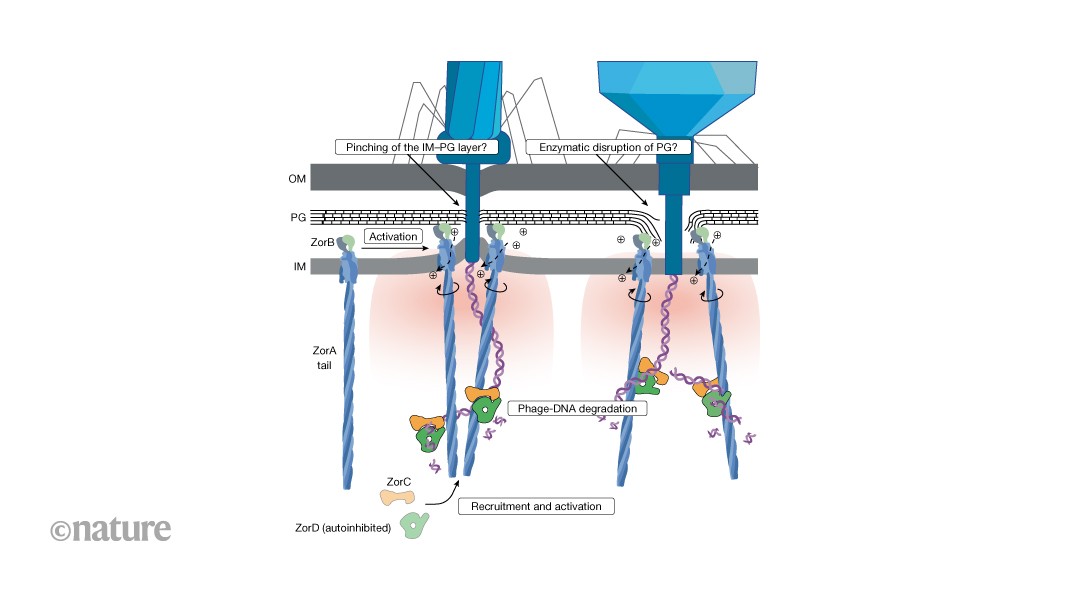
Macaques appear to associate spoken words with pictures
www.popsci.com
Macaques show signs of grasping the abstract notions of language in a lab setting.Credit: Photo by Harun Ozalp/Anadolu via Getty Images ShareOne of the most important cognitive foundations of human language is our ability to develop associations between the real-world phenomena we perceive with our senses and the sounds we use to refer to those phenomena. These soundswordsare the building blocks of language.Scientists have long wondered whether this ability is unique to humans, and a new study published February 12 in PLOS Biology suggests that macaques may possess similar capabilities. The study found that these monkeys are able to form associations between pictures and words, and that these associations remain when they hear the word spoken by different people.Luis Lemus, one of the studys co-authors, tells Popular Science that while many animals possess the ability to understand multiple senses reports as aspects of a single real-world phenomenona facility referred to as cross-modal correspondencethe ability to form the abstract associations required to understand how a word relates to its subject is far less common.Cross-modal correspondence, explains Lemus, refers to stimuli from different sensory modalities (e.g. auditory and visual) [being] inherently perceived as related or equivalent. For example, he says, we understand that the erratic buzzing of a mosquito naturally corresponds to the visual perception of an insects haphazard flight pattern. This ability, he says, appears to exist across most animal species. [This] suggests an evolutionarily conserved mechanism for multisensory integration.The ability to understand that the word mosquito refers to the insect in question, however, is a different phenomenon, referred to as cross-modal association. This is because, unlike the sound of a mosquito buzzing, the sound of the word mosquito has no inherent connection with the insect itself. Its an abstract label. This, Lemus says, means that the association between the visual object [i.e. the mosquito] and its verbal label must be explicitly acquired.This means that while they may appear superficially similar, associating a mosquito with the word mosquito places very different demands on the brain than associating a mosquito with the sound of its buzzing. The former, Lemus says, hinges on experience-dependent learning, whereas cross-modal correspondence reflects pre-existing perceptual linkages. In other words, while cross-modal correspondences can be hardwired into the brain, cross-modal associations require the formation of new neural connections. They need to be learned.To examine whether macaques possess the ability to learn such associations, the team played the animals a variety of soundseither human words or monkey vocalizationsand followed each sound with a specific image on a screen. Once the monkeys learned to match each sound to its associated image, the team introduced different speakers utterances of the sounds to see if the association remained.The study reports that this appeared to be the case: The hit rate remained high but more variable, suggesting that [the monkeys] perceived the sounds as equivalent, though not identical. Interestingly, while it took a relatively long time for the monkeys to form the first associations between sounds and images, subsequent associations were developed far more quickly. This, Lemus suggests, shows that the monkeys first need to grasp the concept of such associations: For monkeys, there is no initial known context to use as a template for learning new associations. An example would perhaps be when a human learns a completely different language.This notion is supported by way that the monkeys ages appeared to influence the speed at which they were able to make the initial associations, although Lemus says that more research is required to confirm this: One of the monkeys that learned the association task is already a fairly old monkey, and when we retrained it, it had a hard time learning the categories again. It even seems that it learned it more slowly, but we dont have conclusive data on that yet. Get the Popular Science newsletter Breakthroughs, discoveries, and DIY tips sent every weekday. By signing up you agree to our Terms of Service and Privacy Policy.Another area for future research is the degree to which a monkeys inability to speak the words affects its learning. The fact that humans can use sounds to give meaning to things may depend on our ability to articulate those sounds, Lemus says. However, since monkeys cannot speak, conceptual thinking may be more than audiovisual associations alone. Therefore, to learn about such complex brain processes, we aim to find the neuronal basis of multisensory associations, including conceptual thinking.While the study of monkeys ability to develop proto-linguistic associations is fascinating in itself, Lemus says it also has potential consequences for our understanding of the human brain. The study of complex cognitive phenomena in monkeys is important for understanding the brain mechanisms of thinking, he says, [and] it opens avenues for understanding and treating mental illnesses like dementia, schizophrenia, and language aphasia.
0 Comments
·0 Shares
·13 Views









